British psychologist John Bowlby was the first attachment theorist. He described attachment as a "lasting psychological connectedness between human beings." Bowlby was interested in understanding the anxiety and distress that children experience when separated from their primary caregivers (Cherry, 2023).
It's amazing how long you can go through life without knowing the background of the person you have become. Aren't we supposed to know ourselves best? Not until I began going to therapy regularly three years ago did I ever start to learn about who I am. Self-awareness was not even in my vocabulary, much less part of my being. If I told you my age when this came to light, you would laugh hysterically… or feel sorry for me.
As I began learning about myself and who I am, I found my attachment style thanks to a close friend who introduced this to me. I found I have an anxious/preoccupied attachment style. When I started reading about what this means, my first thought was, OUCH! Second, it all makes absolute sense now. The description of an anxious/preoccupied attachment is, "you might have significant difficulty trusting people and have a strong fear of being rejected. Although you may desire close, intimate relationships, your anxiety about being abandoned can interfere with your ability to form these connections” (Marschall, 2023). If you read my last blog post about healing my inner child, you remember my constant thoughts of "everybody leaves." This ties together in a nice little package.
However, knowing your attachment style does not have to define you; your style can change with lots of time and effort. Many factors can change your style. You could begin a relationship with someone securely attached who makes you feel that. Age plays a role in this as well. This can be because we have less time for what we don't want—and lastly, taking part in moving with and through your attachment style. Also, allowing for the fact that it may never change, can it soften, be less consuming, or can you say the words to yourself that you need to hear when it is activated? Knowing your attachment style is important; learning about your partners is the other. Learning how to communicate with each other is the goal. Knowing that there is a wound in each of us, healing that wound will let us begin to speak and hear from a new place of clarity.
What have I learned about myself after working on my attachment style for a few years? I have a securely attached part of me, it's not the most significant percentage, but it exists. With the right person, it becomes more powerful. The boundaries I keep for myself nurture them. Perhaps the most challenging part is when the anxious attachment appears at the most unexpected times. I feel it first in my body, and then my mind catches up to break it down, process why, then communicate the feelings it brought up. Then I go through a phase I like to call "the spiral" because inevitably, I will go through a bit of shame about letting my anxiousness rear its head when I thought I had learned to control it. Then there’s the part where I tell myself, “you didn’t know what the button to push was going to be.” It’s a constant learning curve. Is it exhausting at times? Yes, it is, but is it satisfying to know that I’m still growing as a person? Yes. It is.
References:
https://www.verywellmind.com/what-is-attachment-theory-2795337
https://www.verywellmind.com/what-is-preoccupied-attachment-style-5214833

